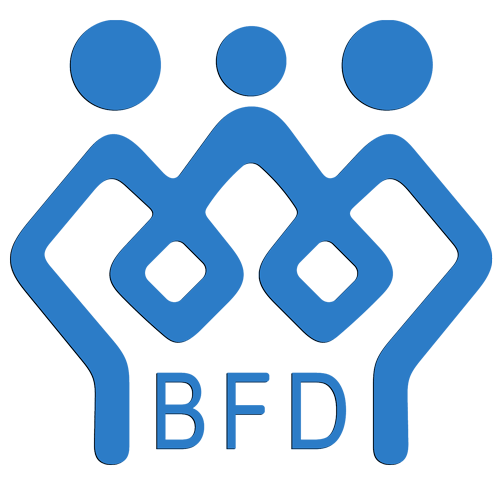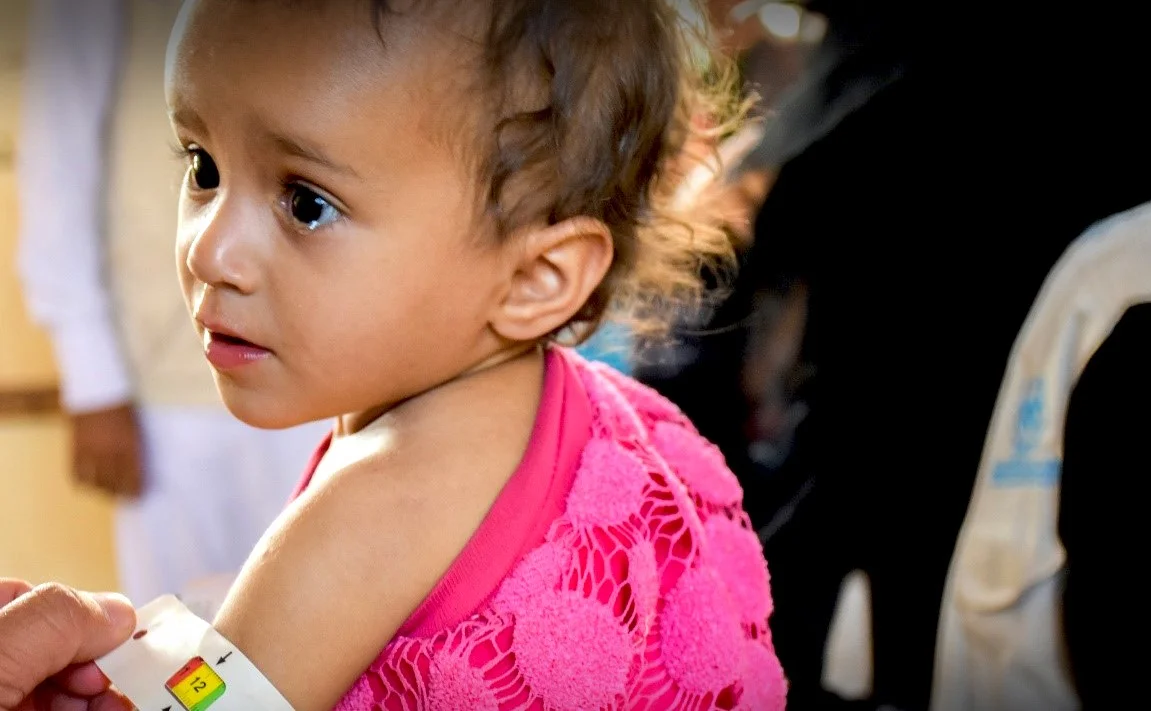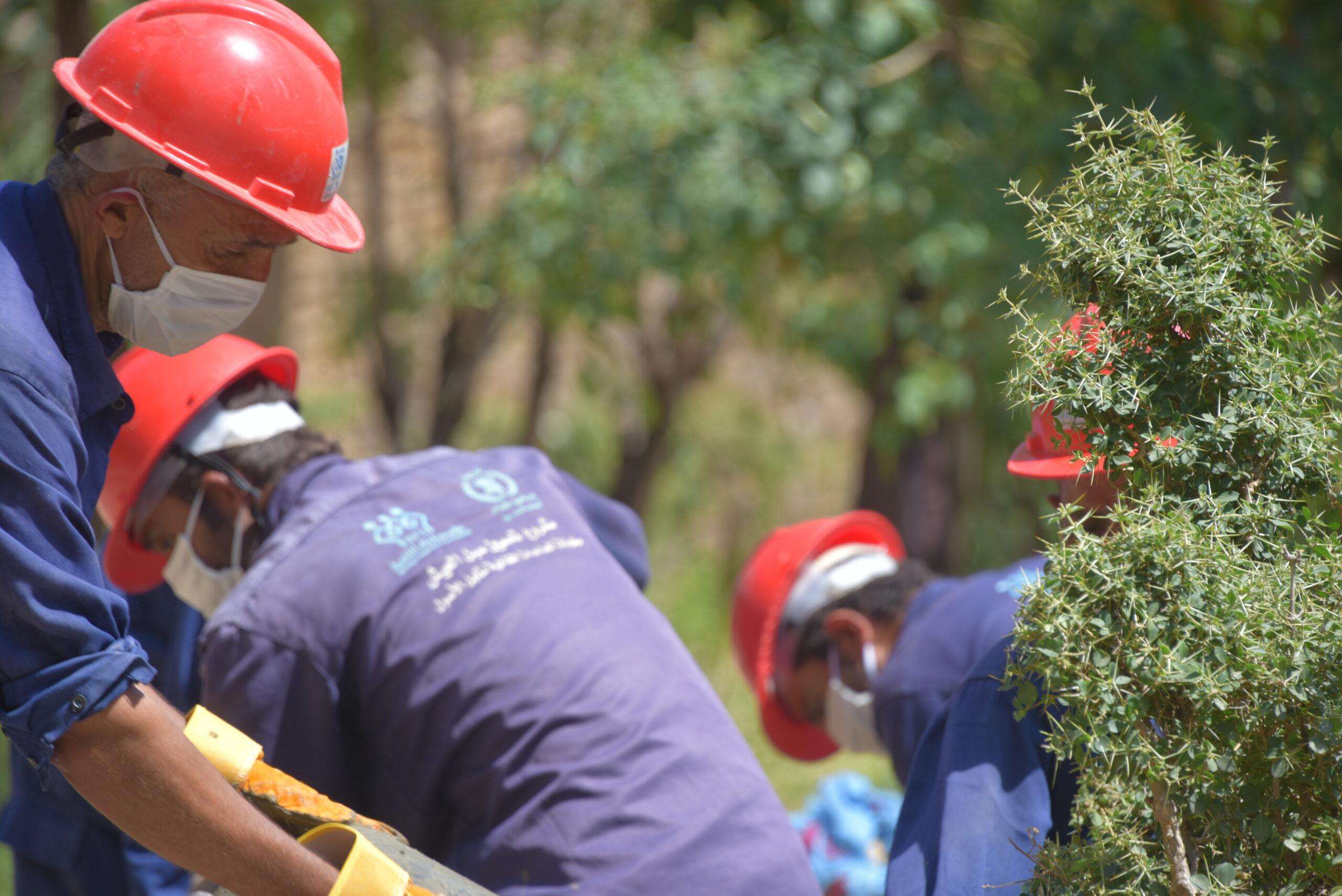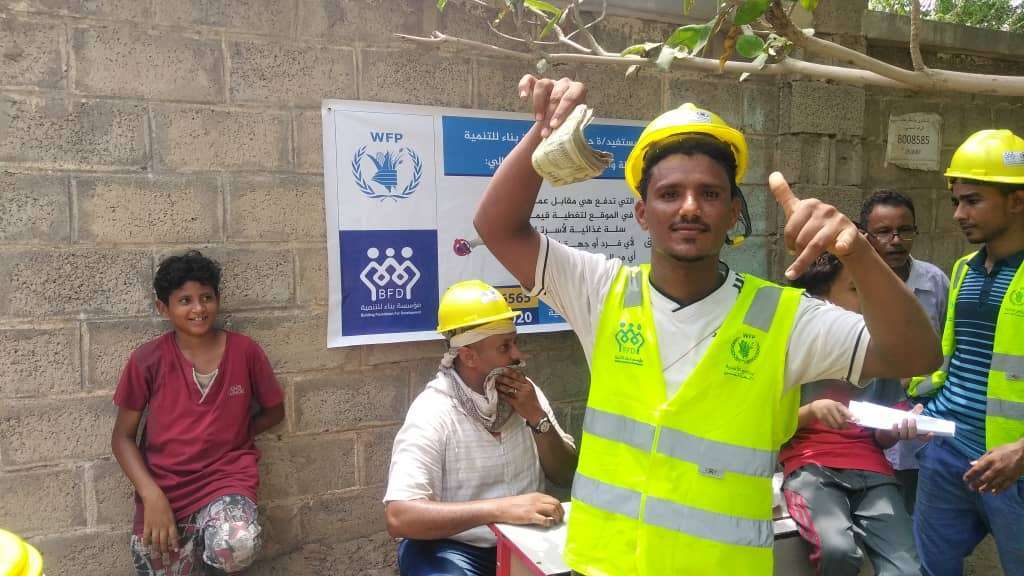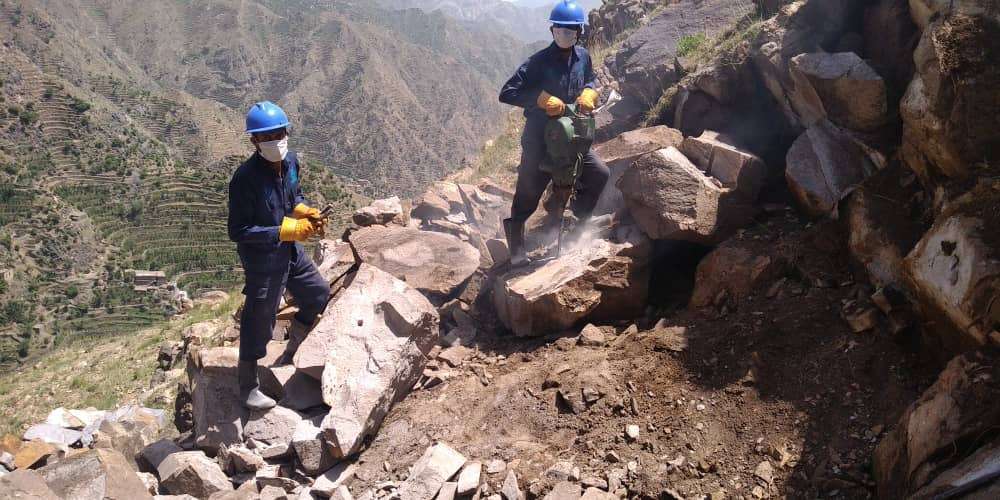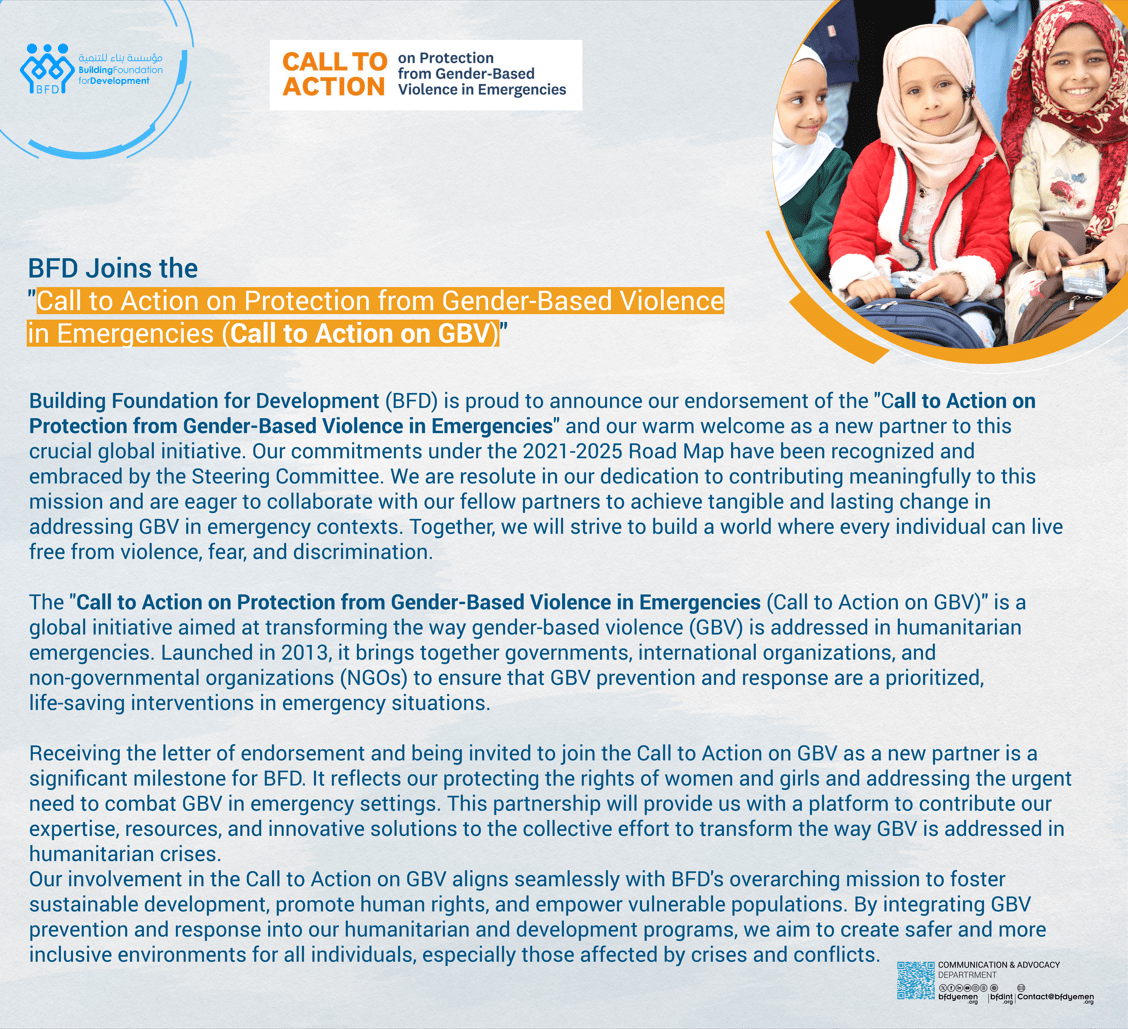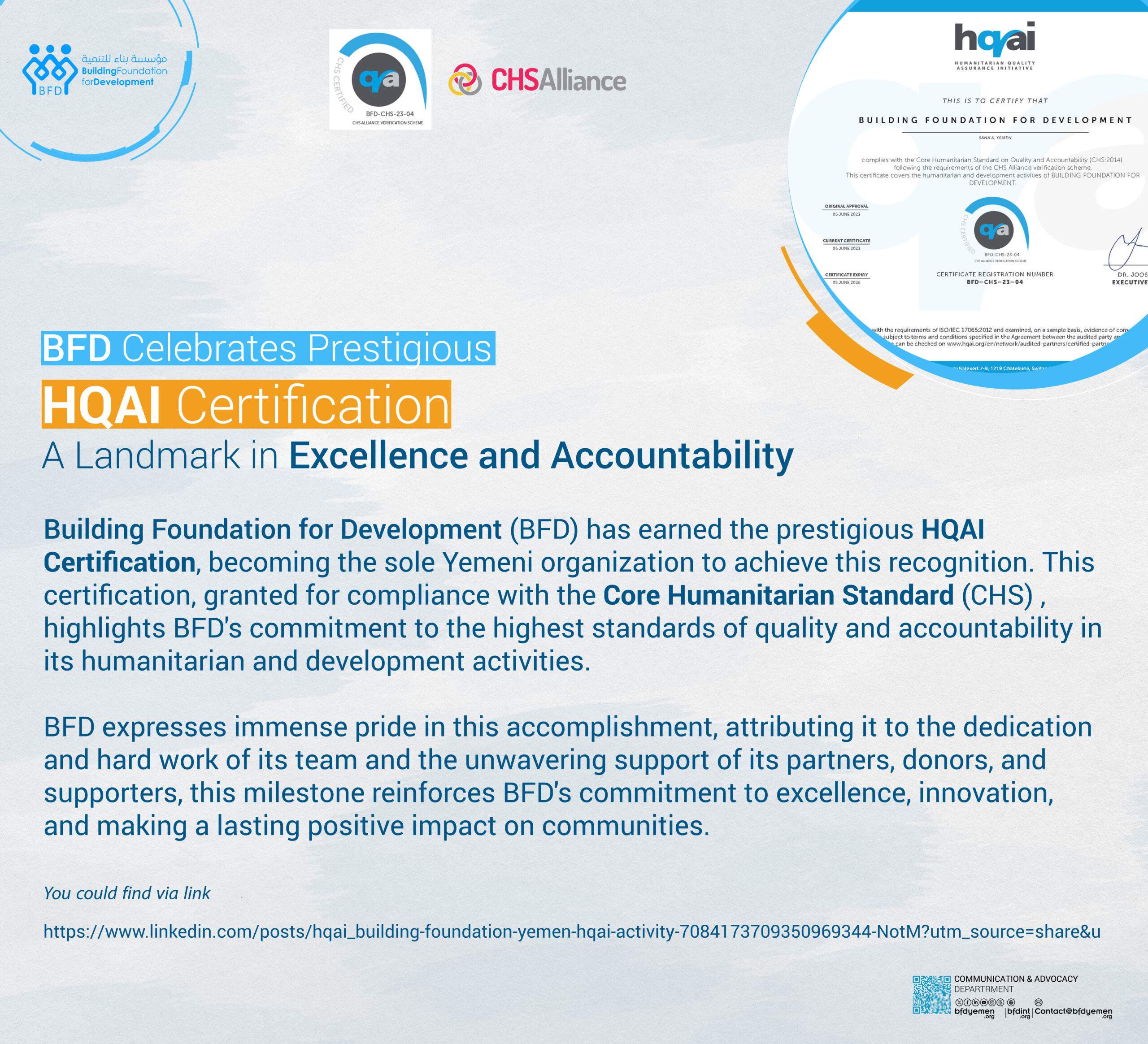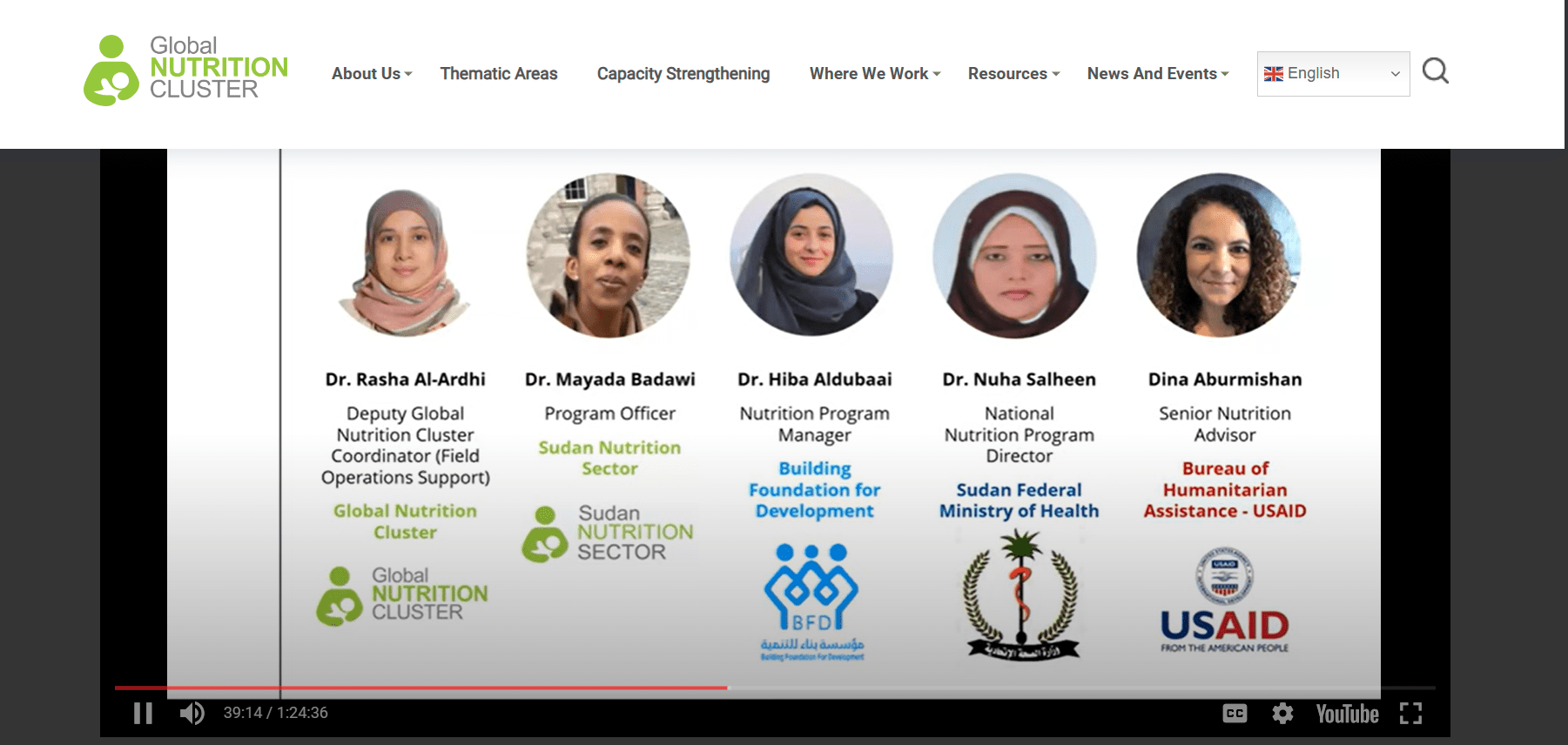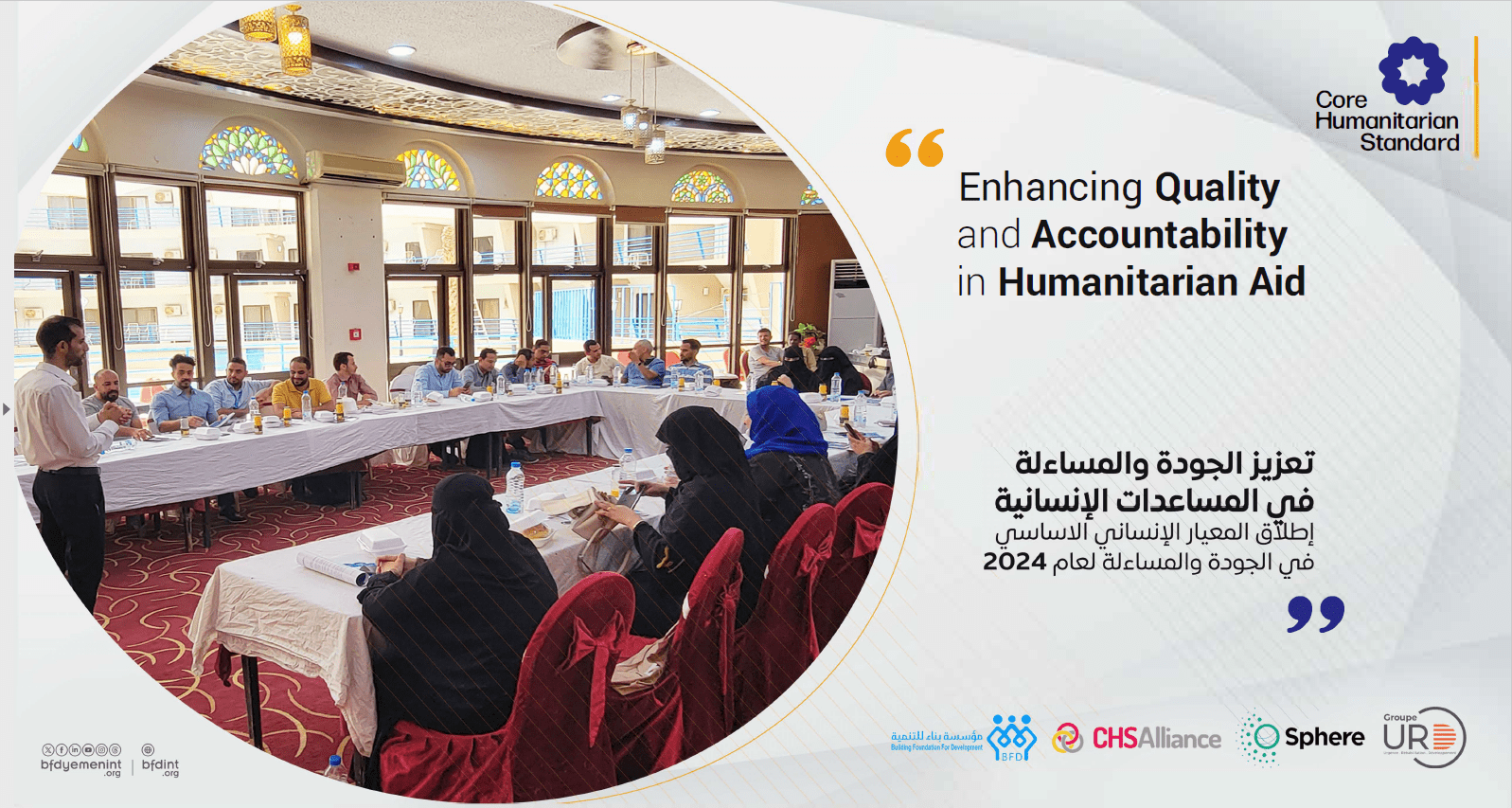BFD – FFA Project Baseline Survey Report-July 2021
Executive Summary
This baseline survey was undertaken in the 6 targeted districts (Wusab Al Alie, Wusab Alsafl, Utmah) in Dhamar governorate and (Zabid, Alluheya, and Al Marawia’a) in Al-Hudaydah governorate during 7-13 June in Dhamar and 1-8 July in Hudaydah 2021.
The aim of this survey was to provide an information base, against which the effectiveness of implemented program activities is to be evaluated and assessed by BFD Team.
The total number of participants in the survey was 701, from which 47 participants were females while the remaining 654 participants were males, who constituted 93% of the overall surveyed beneficiaries.
Regarding the food conception score, the analysis of the results yielded a total of 207, 92, and 71 participants with acceptable, borderline, and poor food consumption score for Dhamar, respectively, as for Al-Hudaidah governorate, the analysis yielded 138, 108, and 85 with acceptable, borderline and poor food consumption score, respectively.
Household dietary diversity analysis yielded 261 participants in Phase 1-2 in the IPC classification, 100 in phase 3 and 9 in Phase 4-5 for interviewees of Dhamar governorate, as for Al-Hudaidah governorate, 251 participants were found to be in Phase 1-2, 64 in Phase 3, 15 in Phase 4-5.
Regarding the reduced coping strategies index, the analysis of the results yielded a total of 105, 51, 71, and 143 participants in phase 1, phase 2, phase 3, and phase 4 Coping strategies index for Dhamar, respectively, as for Al-Hudiadah governorate, the analysis of the results yielded a total of 22, 13, 26 and 269 participants in phase 1, phase 2, phase 3 and phase 4 Coping strategies index, respectively.
The livelihood coping strategies, the analysis of the results yielded a total of 155, 184, 31 and 0 participants Stress, Emergency, Crisis and No Coping Strategy for Livelihood Coping strategies for Dhamar, respectively, as for Al-Hudiadah governorate, the analysis of the results yielded a total of 122, 183, 26 and 0 participants in Stress, Emergency, Crisis and No Coping Strategy for Livelihood Coping strategies, respectively
In addition, the results of livelihood and income sources analysis gave that 44% of the interviewed beneficiaries depend on daily work in fields other than agriculture, 28% depend on daily work/in the field of agriculture, 16% depend on other income sources (Driver, Sells person, waiter, etc.), 4 % depend on trade (small business), 2% depend on regular salary from the government or any other party, 2% depend on selling agricultural crops, 2% depend on support from family, friends, and relatives at home, 1% depend on help from humanitarian organizations and selling livestock and animal products (1%).

